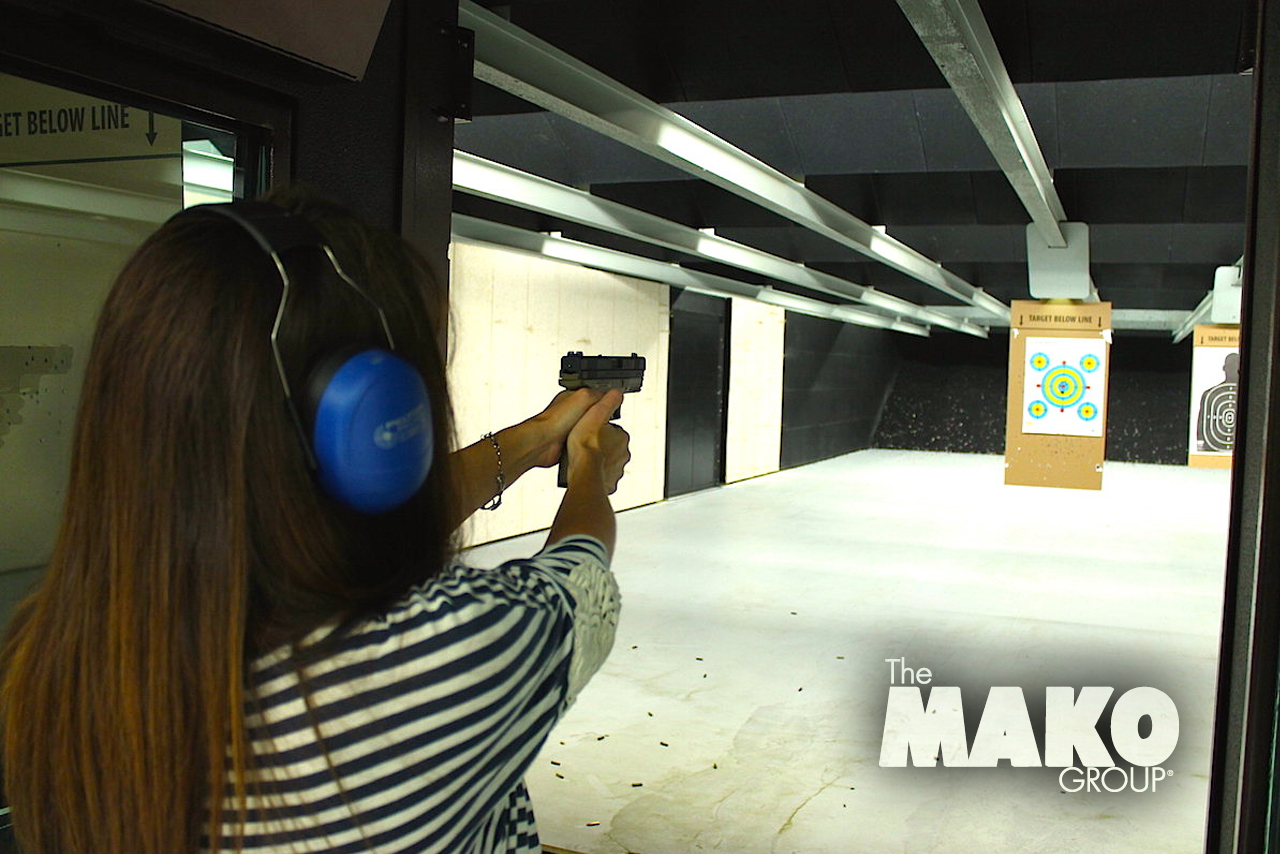Gun Safety is Not a Moot Point
It all seems simple enough. Always keep your gun pointed in a safe direction, keep your finger off the trigger until you’re ready to fire, keep the gun unloaded until ready to shoot and know your target and what lies beyond. There are other rules, but follow these four and you’ll enjoy a 99.9 percent chance of never being responsible for an accidental discharge (AD) or worse, errantly shooting another person. Perhaps that’s why shooting remains one of the safest recreational activities there is.
But these safety rules aren’t just some mantra to be chanted to the new shooters on the range or to eager greenhorns looking to secure their hunter education certificate. Veteran shooters need to run through them in their minds every time they handle a firearm as well. I can almost here a few of you longtime shooters collectively scoffing, “I’ve handled guns safely my whole life. It’s second nature. I don’t need to think about it.”
But it’s just that mindset that can lead to an unintended “incident.”
I used to work in the Communications Department of the National Wild Turkey Federation and as part of the range day activities commonly held at outdoor writer conferences each year, we would hold a scaled down still-target shoot whereby shooters would fire a shotgun loaded with turkey loads at a target 40 yards away. The event involved sitting down on a low stool to replicate the position most turkey hunters would be in when shooting. It didn’t take but a couple of events (and I have to stress here, we were dealing with mostly veteran shooters, who not only shot guns often, but wrote about them too) before we decided to wait until everyone got seated to hand them the shotgun and a single shell. Why?
I can’t tell you how many participants would load their shotgun then proceed to use the firearm as a crutch to help them get settled on the low stool, the barrel wavering around and too often pointing it upward right at the nearby staffer conducting the shoot. It wasn’t that these shooters weren’t aware of common safety protocols. I wouldn’t even go so far as to characterize them as unsafe. But in those brief instances, where the mind suddenly became focused on something else such as squatting down on a low seat and getting into a comfortable shooting position, it took the focus off proper muzzle control.
As much as we humans love to pride ourselves on multi-tasking, the fact is, we don’t.
That’s why pilots use a checklist every time they get in the cockpit despite it maybe being their hundredth flight.
That’s why texting and driving is a bad idea. And that’s why keeping your gun unloaded until sitting or standing at the line, ready to fire down range, is also a necessary idea. None of us— new shooters or experienced— want to be part of that .01 percent.
As the exclusive importer and U.S. distributor of the best tactical equipment and weapon accessories Israel has to offer, the Mako Group is committed to promoting safe shooting among the millions of recreational shooters in this country. That’s just one of the key reasons we partner with groups such as the National Shooting Sports Foundation (NSSF) and the National Rifle Association (NRA), in particular the NRA Family Insights program, which focuses on families who shoot with a chief emphasis on safety. For more firearm safety rules to live by, view the lists on NRA’s website and on the NSSF’s.




